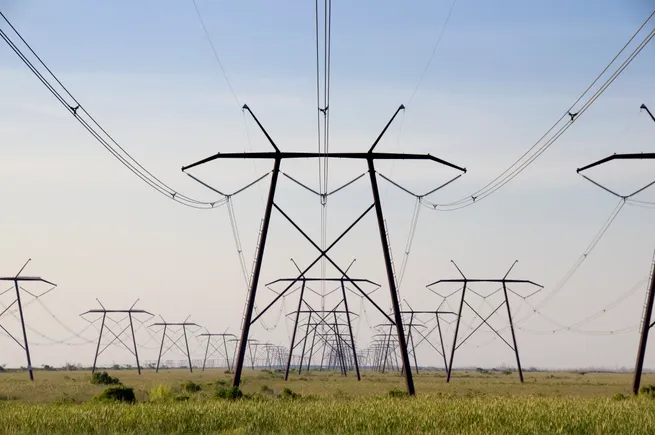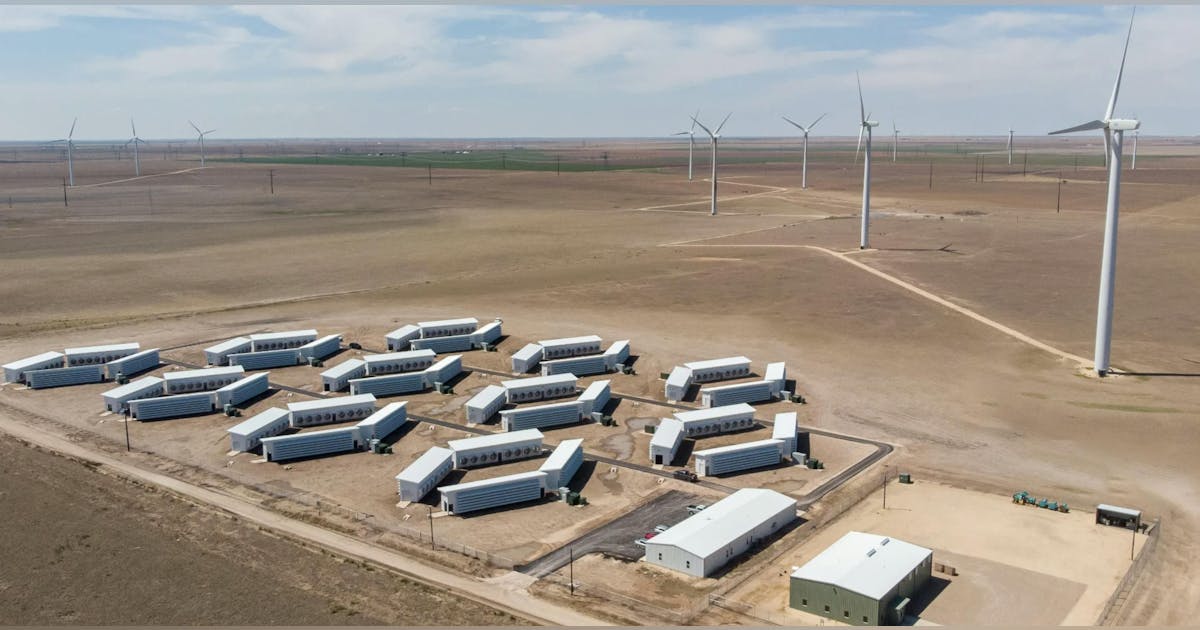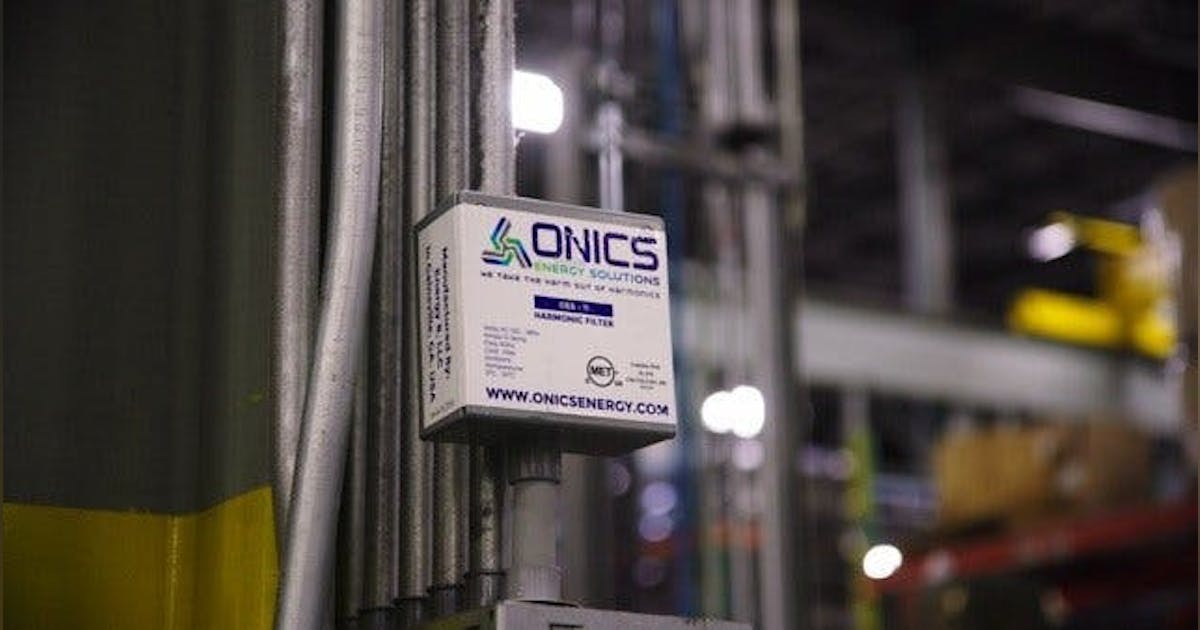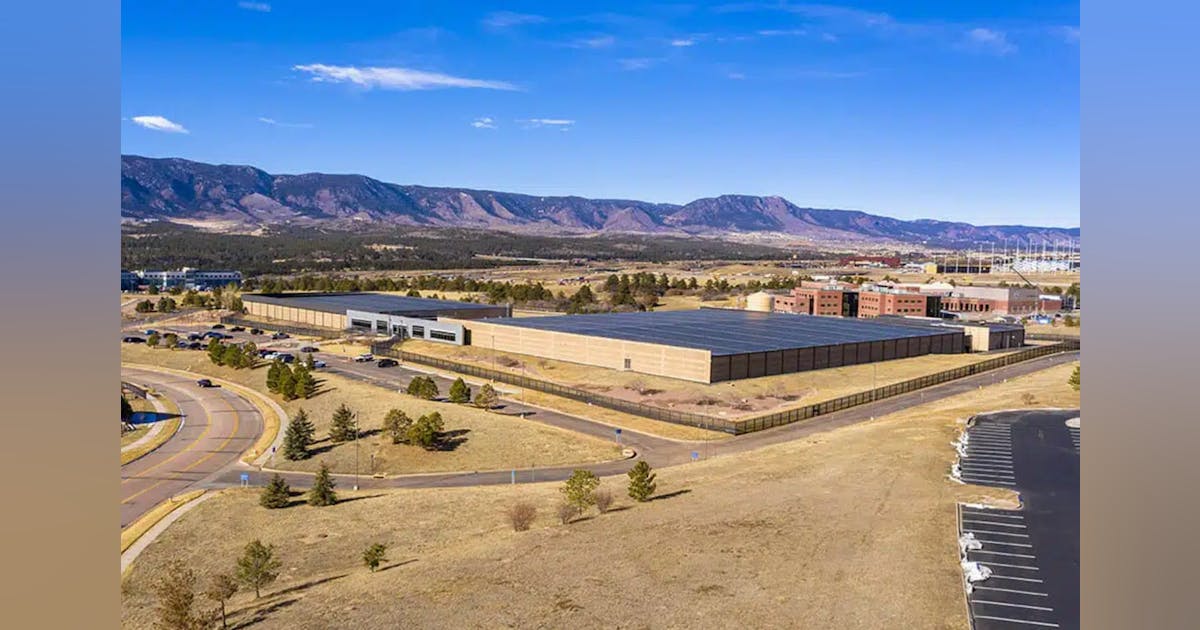
North America dropped four rigs week on week, according to Baker Hughes’ latest North America rotary rig count, which was released on April 25.
Although the U.S. added a total of two rigs week on week, Canada’s overall rig count decreased by six during the same period, taking the total North America rig count down to 715, comprising 587 rigs from the U.S. and 128 from Canada, the count outlined.
Of the total U.S. rig count of 587, 571 rigs are categorized as land rigs, 13 are categorized as offshore rigs, and three are categorized as inland water rigs. The total U.S. rig count is made up of 483 oil rigs, 99 gas rigs, and five miscellaneous rigs, according to Baker Hughes’ count, which revealed that the U.S. total comprises 527 horizontal rigs, 45 directional rigs, and 15 vertical rigs.
Week on week, the U.S. land rig count increased by two, and its offshore rig count and inland water rig count remained unchanged, the count highlighted. The U.S. oil rig count increased by two week on week, its gas rig count rose by one, and its miscellaneous rig count dropped by one, the count showed. Baker Hughes’ count revealed that the U.S. horizontal rig count remained unchanged week on week, while its directional and vertical rig counts each rose by one during the period.
A major state variances subcategory included in the rig count showed that, week on week, Oklahoma gained two rigs, California added one rig, and Utah dropped one rig. A major basin variances subcategory included in Baker Hughes’ rig count showed that the Granite Wash basin added two rigs, the Haynesville and Arkoma Woodford basins each added one rig, and the Ardmore Woodford and Cana Woodford basins each dropped one rig, week on week.
Canada’s total rig count of 128 is made up of 81 oil rigs and 47 gas rigs, Baker Hughes pointed out. The country’s oil rig count dropped by six and its gas rig count remained unchanged, week on week, the count revealed.
The total North America rig count is down 16 compared to year ago levels, according to Baker Hughes’ count, which showed that the U.S. has cut 26 rigs and Canada has added 10 rigs, year on year. The U.S. has dropped 23 oil rigs and six gas rigs, and added three miscellaneous rigs, while Canada has dropped 15 gas rigs, and added 25 oil rigs, year on year, the count outlined.
In a research note sent to Rigzone on Friday by the JPM Commodities Research team, analysts at J.P. Morgan noted that “total U.S. oil and gas rigs increased by two to 587 this week, according to Baker Hughes”.
“Oil focused rigs increased by two to 483 rigs, after adding one rig last week. Natural gas-focused rigs increased by one to 99 rigs, after adding one rig last week,” the analysts added.
“The rig count in the five major tight oil basins – we use the EIA basin definition – remained unchanged at 452 rigs. The rig count in two major tight gas basins increased by one to 72 rigs,” they continued.
“This week, the rig count across the major tight oil basins remained flat, as the rig count in all regions remained unchanged. The rig count across major gas basins increased by one, with Haynesville adding a rig. This follows a flat rig count in Haynesville last week and represents an increase of three rigs over a four-week period,” the analysts went on to state.
In its previous rig count, which was released on April 17, Baker Hughes revealed that North America dropped two rigs week on week. The total U.S. rig count increased by two week on week and the total Canada rig count decreased by four during the same period, that count outlined.
Baker Hughes’ April 11 rig count revealed that North America cut 22 rigs week on week, its April 4 rig count showed that North America cut 12 rigs week on week, its March 28 count revealed that North America cut 18 rigs week on week, and its March 21 rig count also revealed that North America cut 18 rigs week on week. The company’s March 14 count showed that North America dropped 35 rigs week on week and its March 7 rig count revealed North America cut 15 rigs week on week.
In its February 28 rig count, Baker Hughes showed that North America added five rigs week on week. Its February 21 count revealed that North America added three rigs week on week, its February 14 rig count showed that North America dropped two rigs week on week, and its January 31 rig count showed that North America added 19 rigs week on week.
The company’s January 24 rig count revealed that North America added 12 rigs week on week, its January 17 count showed that North America added nine rigs week on week, and its January 10 rig count outlined that North America added 117 rigs week on week.
Baker Hughes’ January 3 rig count revealed that North America dropped one rig week on week and its December 27 rig count showed that North America dropped 71 rigs week on week.
Baker Hughes, which has issued rotary rig counts since 1944, describes the figures as an important business barometer for the drilling industry and its suppliers. The company notes that working rig location information is provided in part by Enverus.
To contact the author, email [email protected]























